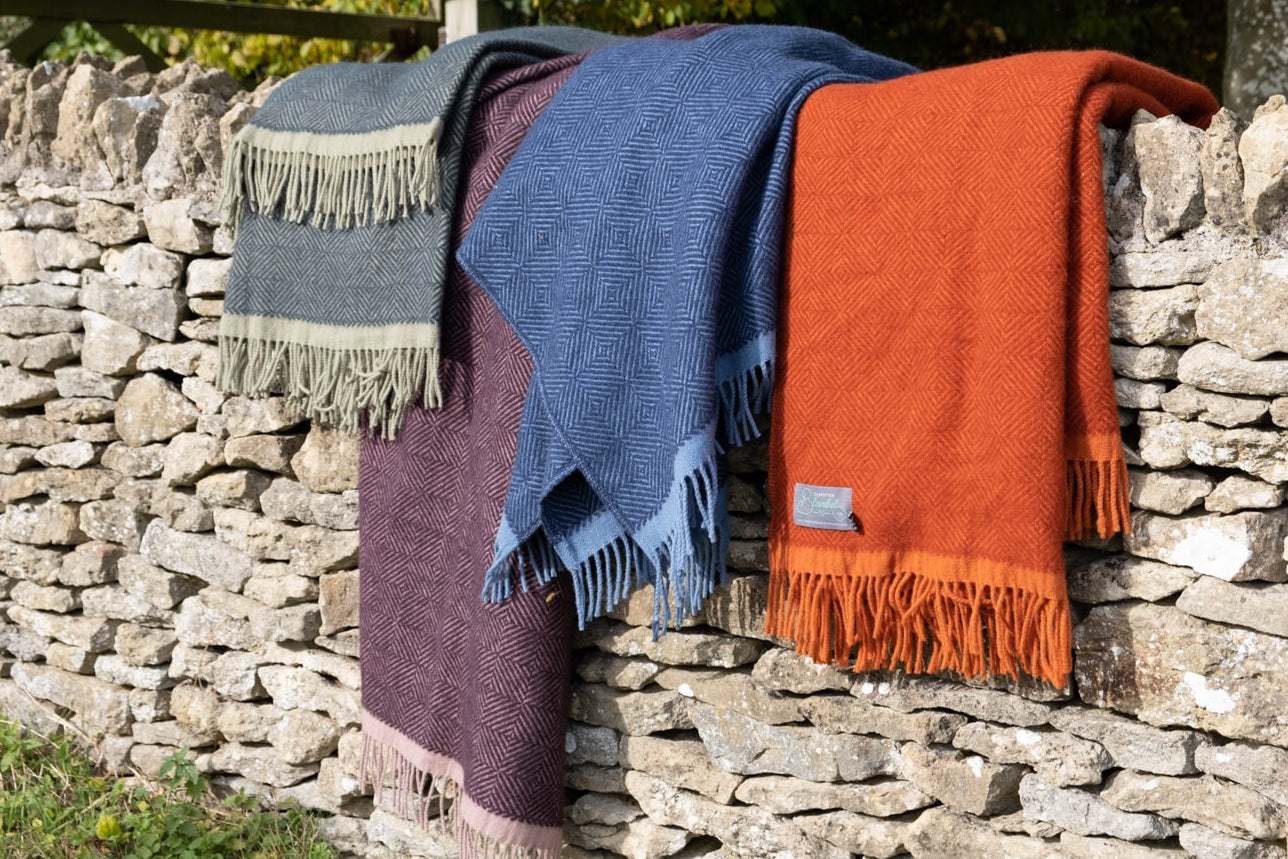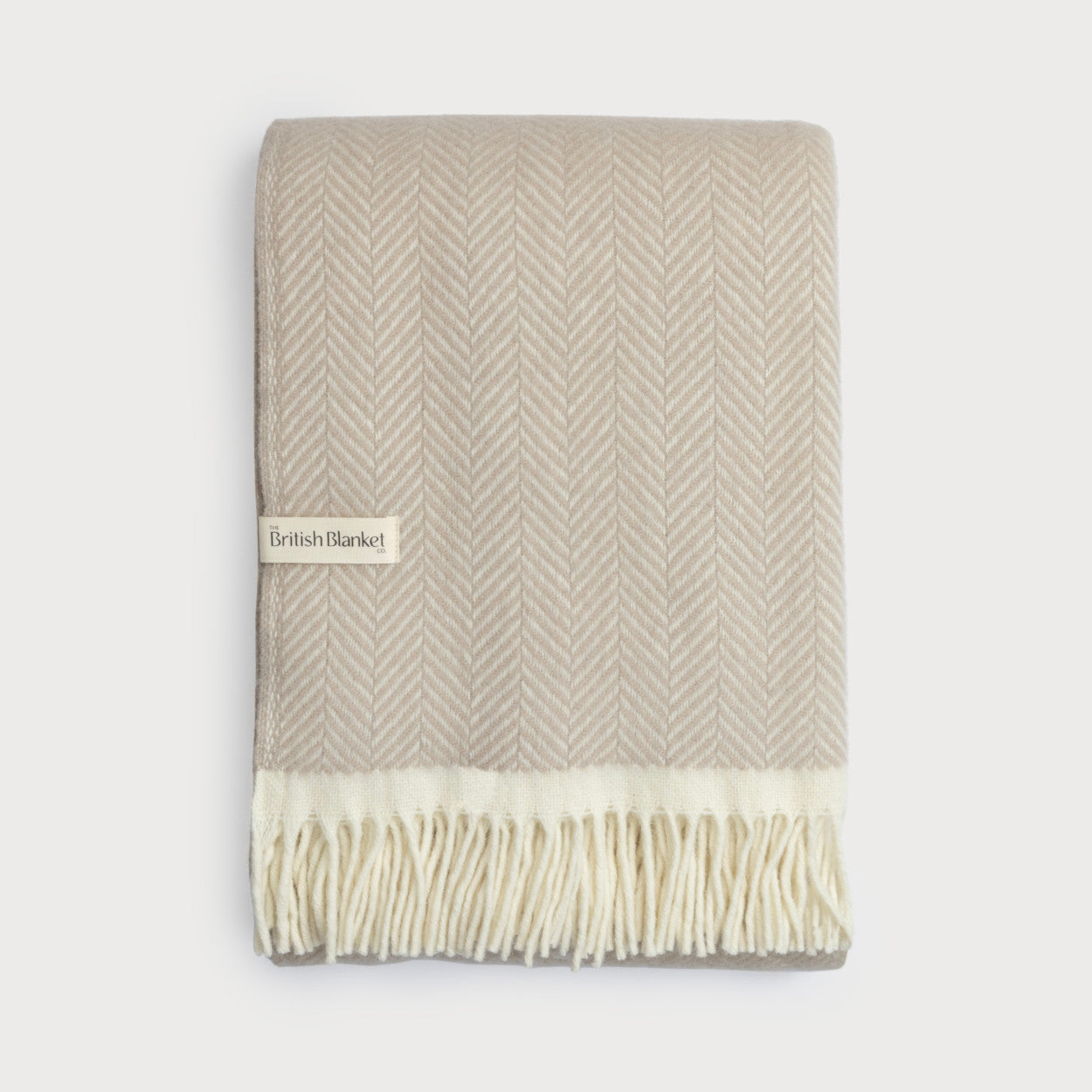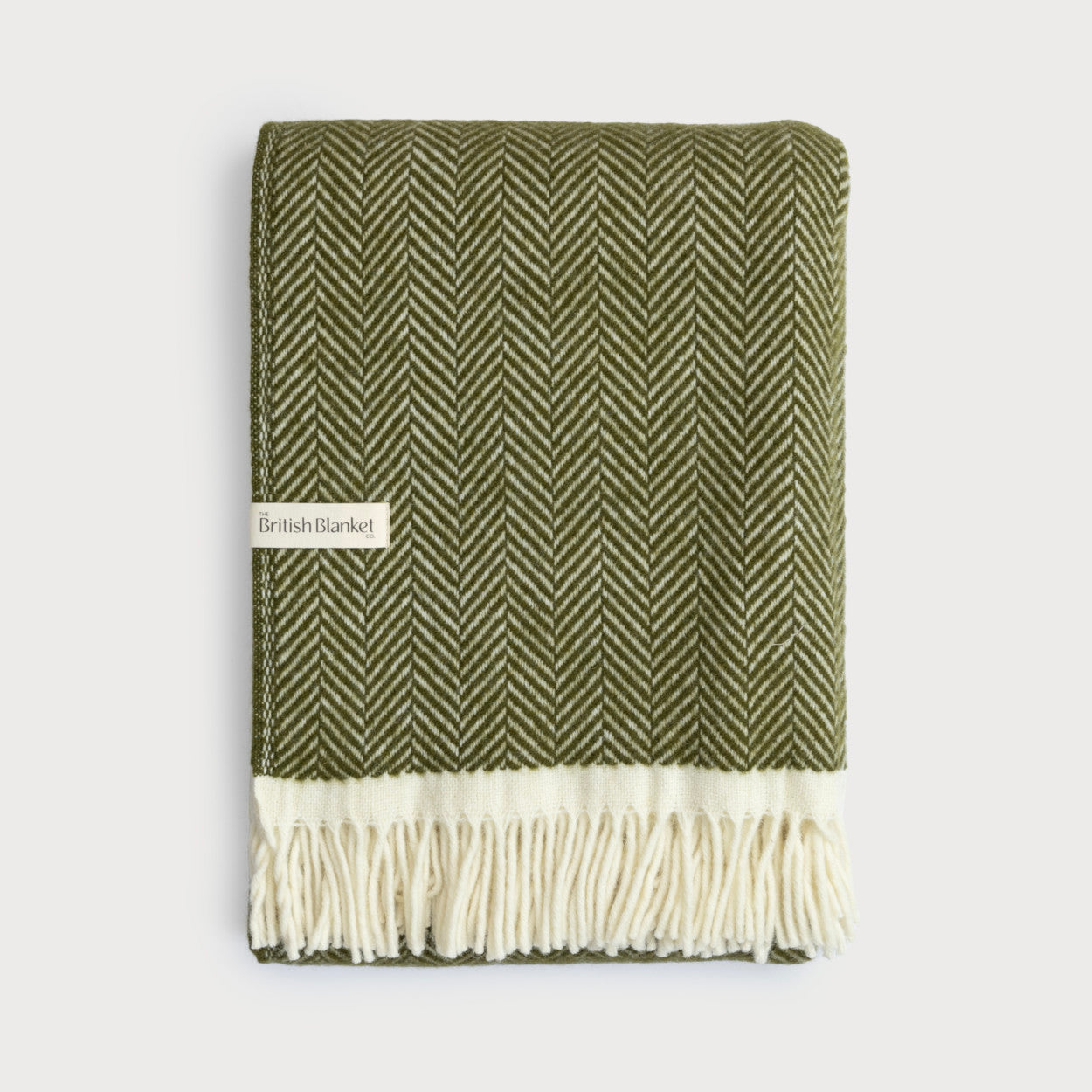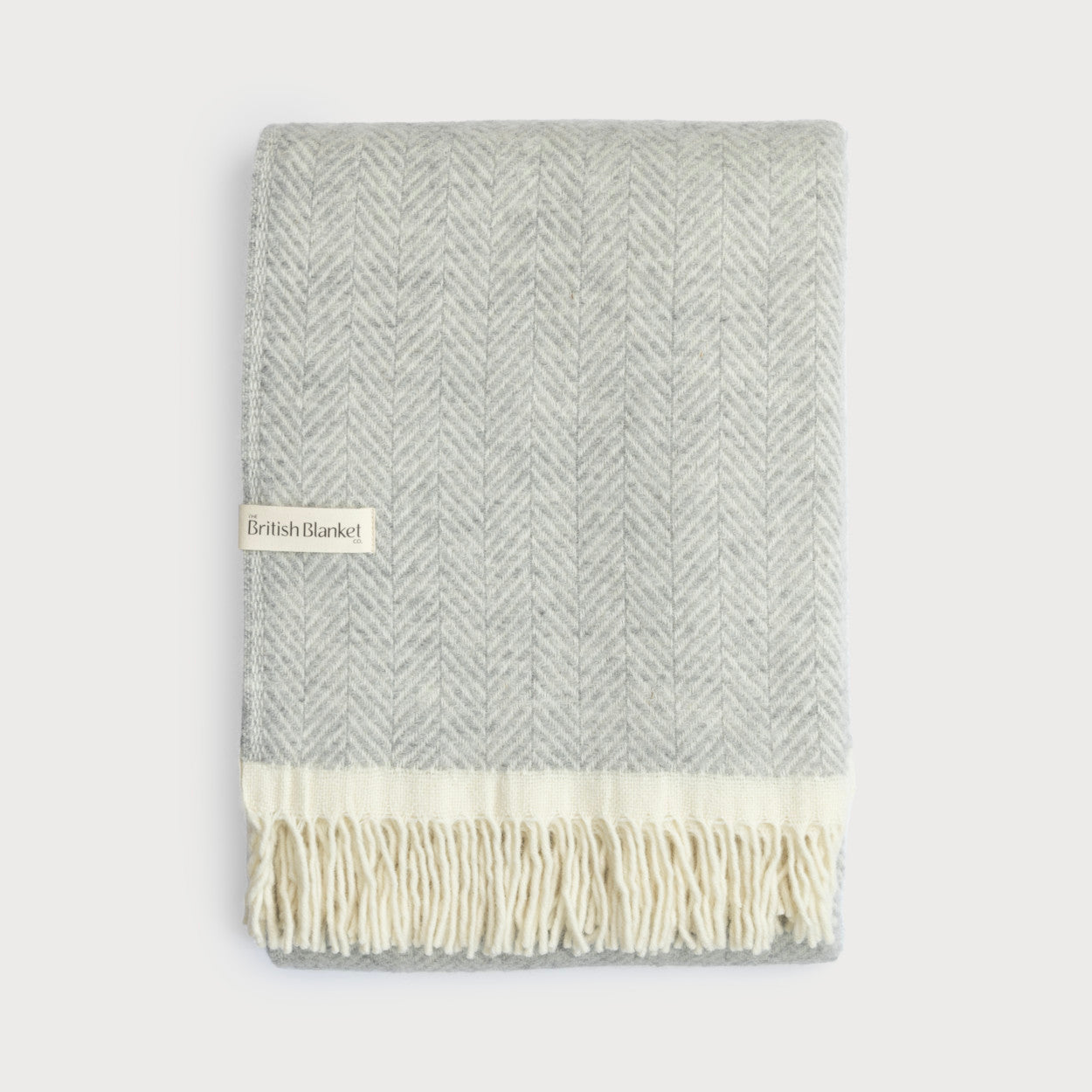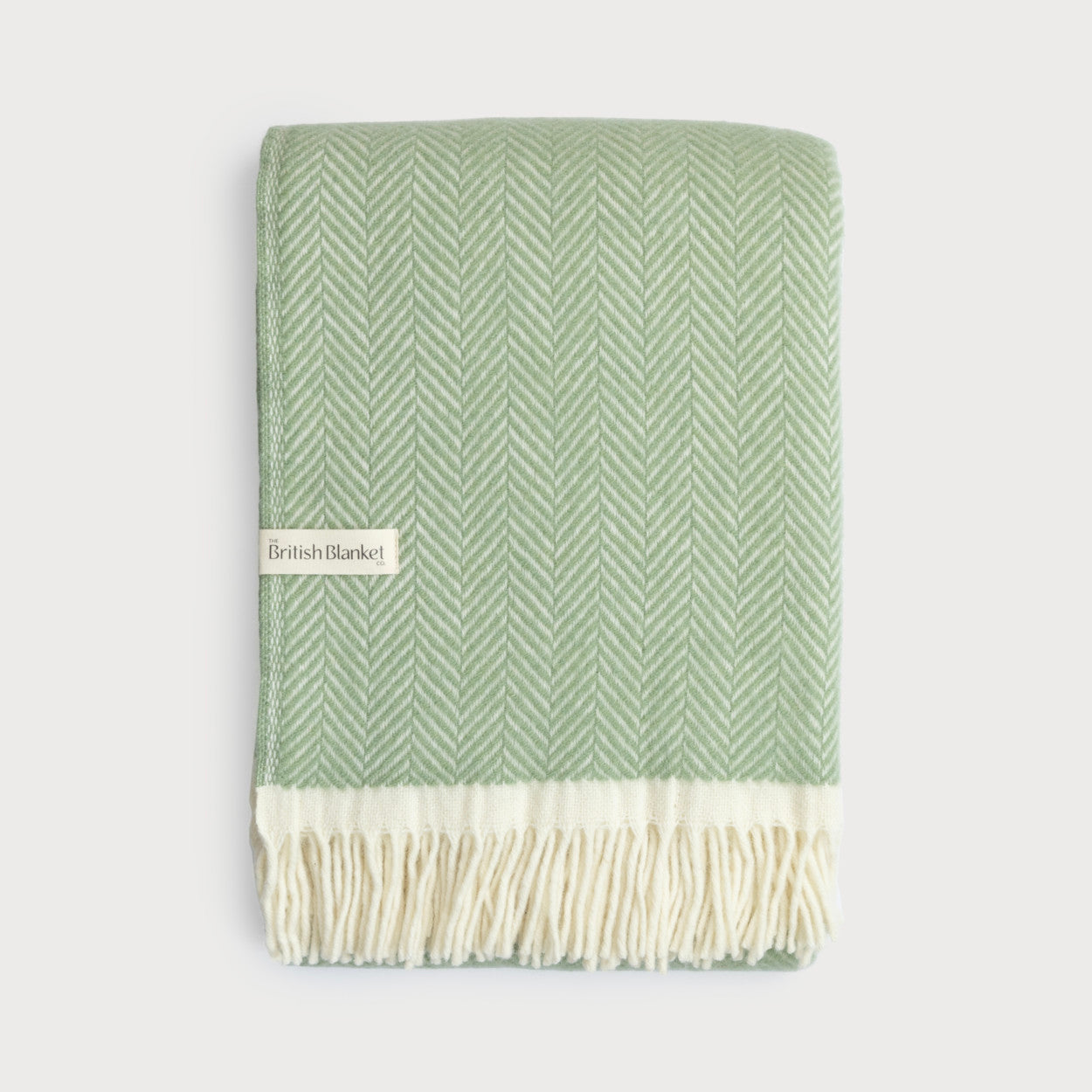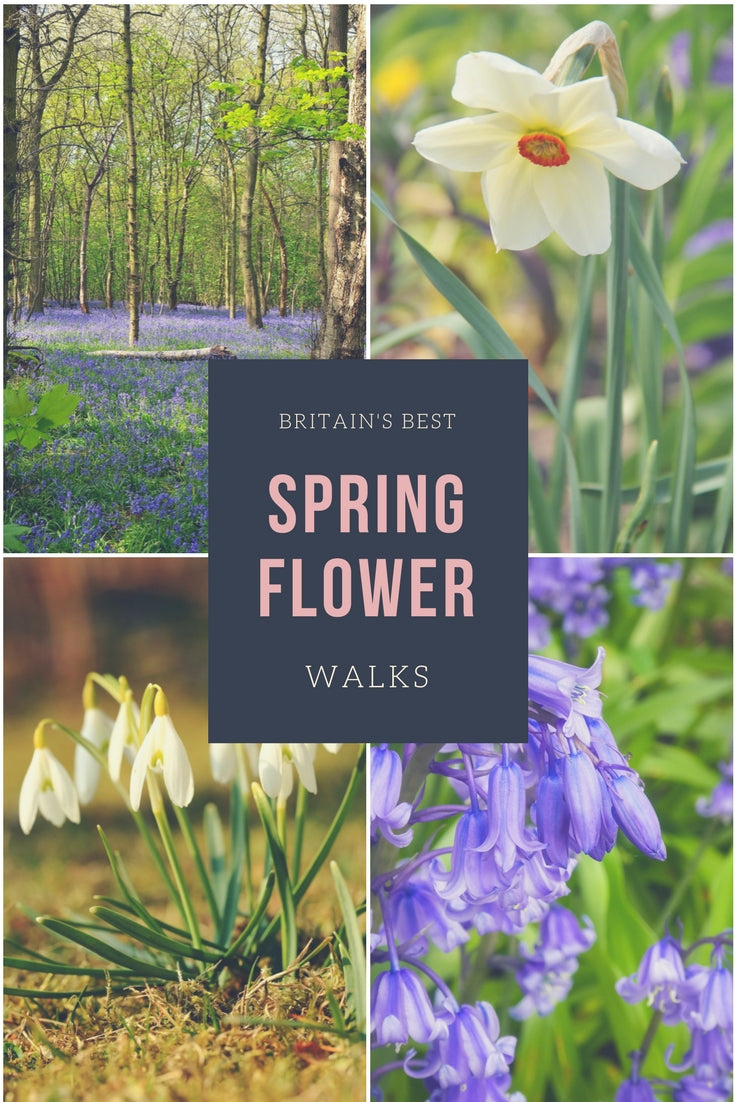
Is there a more beautiful time to walk in the Great British countryside than springtime, when the birds are nesting in the trees and the ground is carpeted with spring flowers? We've uncovered the very best places in the UK to see daffodils, snowdrops and bluebell woods. So pull on those wellies and explore the beauty under our feet.

SNOWDROPS: mid January - late February
Little white snowdrops pushing up through the snow are one of the first signs that spring is on its way. Their latin name, Galanthus nivalis, literally translates as "milk flower of the snow". They thrive in lightly shaded woodland areas and can be found all around the UK.
Anglesey Abbey, Cambridgeshire
Anglesey Abbey (above) is a National Trust property with one of the finest snowdrop collections in the country. See over 300 varieties of the delicate white flowers, including 20 varieties that have actually been discovered at the Abbey. Grab a copy of the Snowdrops Guide from the visitor's centre, which has a map of walking routes, or you can book a tour. Learn more about seeing snowdrops at Anglesey Abbey.
Easton Walled Gardens, Lincolnshire
Snowdrop Week at Easton Walled Gardens runs from 17th - 25th February 2018. Wrap up warm for a winter walk full of snowdrops and winter flowers. Pink cyclamen, yellow aconites, irises and crocuses mingle with snowdrops and unusual hellebores in the woodland walk. Learn more about Snowdrop Week at Easton Walled Gardens.
Nunsborough Wood, Northumberland
Looked-after by The Woodland Trust, Nunsborough Wood is a lovely place to see snowdrops in a natural setting. The twists and turns of Devil’s Water add drama to the secluded wood, dominated by mature oak and ash. A large riverside meadow is home to snowdrops in late winter and many other wildflower varieties. Learn more about visiting Nunsborough Wood.
Discover many more UK snowdrop walks in these round-ups from The National Trust and Countryfile.

DAFFODILS: mid February - end April
Wordsworth's favourite, and the national flower of Wales, a swathe of golden daffodils is one of Britain's most uplifting sights. Daffodil season begins in the South-West in late January, sweeping north and east as the weather warms up.
Ullswater, Cumbria
William Wordsworth would often visit Ullswater (above) and one such stroll is believed to have inspired his most famous poem, Daffodils, composed in 1804. Today, visitors can still see golden rows of daffodils along the banks of the lake, either on foot or from the Ullswater Steamer. Learn more about visiting The Lake District.
Golden Triangle, Gloucestershire
Gloucestershire was once the centre of commercial daffodil growing and adopted the bloom as their county flower. The Wildlife Trust looks after conservation in much of the area and visitors can make their way around the circular 10-mile Daffodil Way, taking in Kempley and Dymock Wood en route. Click here to download Golden Triangle walking routes.
Bodnant Garden, Conwy
Generations of gardeners have been planting daffodils at Bodnant since 1920 and they are continuously improving on the display. The main show is to be seen in March and April when the Old Park meadow and grassy Glades are transformed into a carpet of yellow. There's also a new display of Welsh Daffodils in Furnace Meadow. Learn more about seeing daffodils at Bodnant Garden.
For more places to see daffodils in your area, check out these guides from Discover Britain, The National Trust, Great British Gardens and The Daffodil Society.

BLUEBELLS: mid April - late May
Almost half the world's population of bluebells grows here in the UK. You'll find them in broad-leaved woodland making the most of the sunlight that reaches the floor before the full leaf canopy casts its shade. Millions of bulbs may grow closely together in one wood, creating one of nature’s most stunning displays.
Hackfall, North Yorkshire
The ancient woodland at Hackfall has been restored to its former glory and boasts original features such as grottos and glades, rustic temples and waterfalls, as well as carpets of bluebells in spring and an impressive number of woodland birds. Learn about visiting Hackfall here.
Blackbury Camp, Devon
Blackbury Camp was once an Iron Age settlement and is now managed by English Heritage. The ramparts are surrounded by bluebell woods and there are pretty spots to enjoy a picnic on a warm day. Click here to learn about visiting Blackbury Camp.
Glen Finglas, Scottish Highlands
With its sweeping vistas of rolling hills, glassy lochs and heather-covered uplands Glen Finglas, in the Scottish Highlands, is The Woodland Trust’s largest site. You will find a wonderful display of bluebells in the ancient woodland, where some trees are more than 400 years old. Learn about visiting Glen Finglas here.
To discover more bluebell woods, explore these guides from The Woodland Trust, The National Trust and The Wildlife Trusts.

[Photographs: The National Trust, Brian Sherwen, The British Blanket Company]

